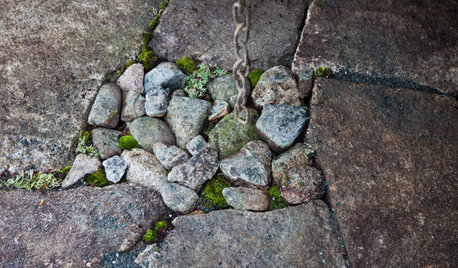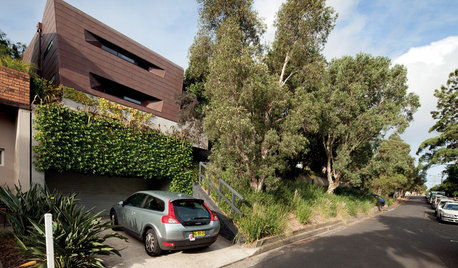landscape lights/some work, some don't
jebtb
16 years ago
Related Stories

PATIOSLandscape Paving 101: Some Reasons to Go for Granite
Thinking about a new patio or path? Invest in granite for its durability and low maintenance
Full Story
DECORATING GUIDESDitch the Rules but Keep Some Tools
Be fearless, but follow some basic decorating strategies to achieve the best results
Full Story
10 Ways to Round Up Some Texas Style
Get a Lone Star State feel minus the clichés with cool art, hipster vinyl and pieces with history to balance the look
Full Story
EDIBLE GARDENSHerb Garden Essentials: How to Grow Thyme
Common thyme and its flavorful cousins are anything but ordinary in the garden
Full Story
GARDENING AND LANDSCAPINGGive Your Compact Patio Some Major Style
11 ideas and examples to take your outdoor room from snoozefest to stellar
Full Story
FARMHOUSESAn Iron Chef’s Farm Kitchen Gets Some Kick
Pro appliances and improved accessibility prove the right recipe for a kitchen that now multitasks with ease
Full Story
HOUSEPLANTSPlay Up Some Fiddleleaf Figs for a Lively Indoor Tune
Strike a dramatic chord in a minimalist scene or a country note in a rustic setting — fiddleleaf fig plants harmonize with any style
Full Story
EXTERIORSCurb Appeal Feeling a Little Off? Some Questions to Consider
Color, scale, proportion, trim ... 14 things to think about if your exterior is bugging you
Full Story
BOLD COLORInstant Fix: Refresh Your Furniture With Some Punchy Paint
Give old furniture new life with a bold color, pattern or idyllic scene
Full Story
ARCHITECTURESculptural Modern Homes Throw Architecture Some Curves
Curvy profiles, roofs and interiors make these modern Australian homes straight-up stunning
Full StorySponsored
Columbus Design-Build, Kitchen & Bath Remodeling, Historic Renovations
More Discussions









brickeyee
stinkytiger
Related Professionals
Bellingham General Contractors · Cheney General Contractors · De Pere General Contractors · Elyria General Contractors · Jamestown General Contractors · Mount Vernon General Contractors · Seguin General Contractors · Tyler General Contractors · Hemet Solar Energy Systems · Melville Solar Energy Systems · Lincolnwood Home Automation & Home Media · Margate Home Automation & Home Media · Wheaton Home Automation & Home Media · Wilmington Home Automation & Home Media · Federal Heights Home Automation & Home Mediaemwags
Ron Natalie